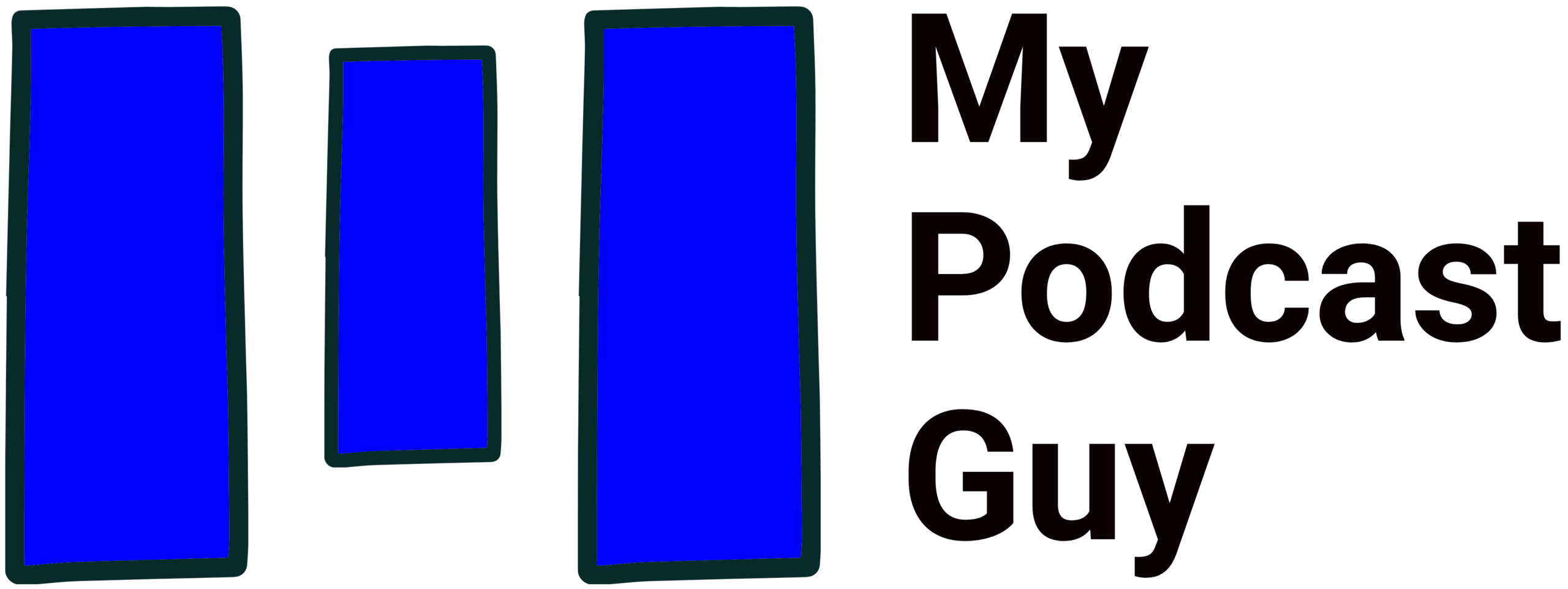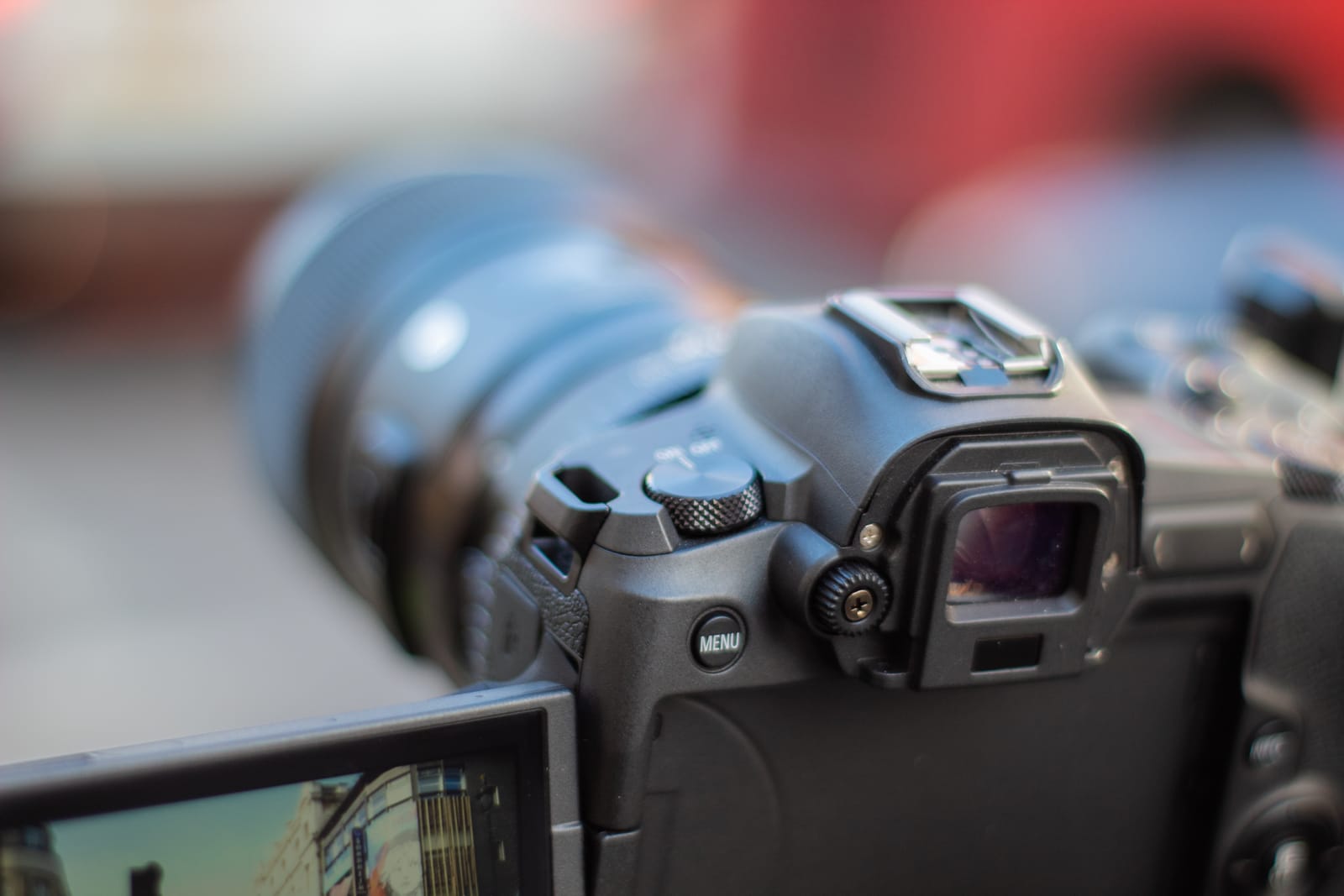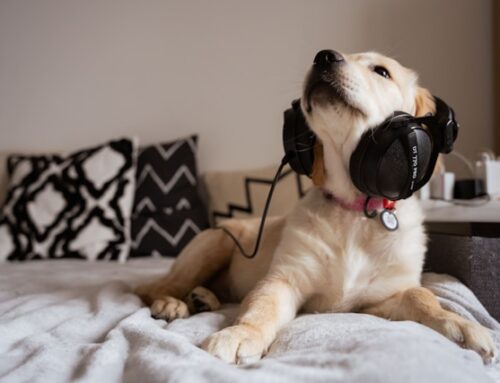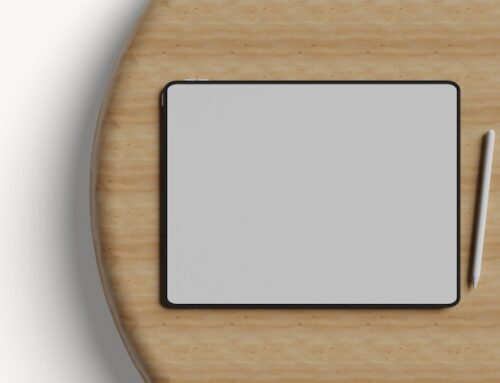A Deep Dive into the Pros, Cons, and Strategic Considerations for Adding Visuals to Your Show
The Rise of Video Podcasts
Should you add video to your podcast?
As platforms like YouTube, TikTok, and Instagram Reels have become integral to content discovery and marketing, podcasters of all levels—from hobbyists to heavyweights—are rethinking their strategies.
Why Consider Video? Understanding Your “Why”
Before jumping into the world of cameras, lighting, and video production, why do you want to add video?
Is it because “everyone else is doing it”?
Or is there a strategic purpose?
For some, video is simply a tool to reach new audiences, especially on social media. Platforms like YouTube (the world’s second-largest search engine) and Instagram Reels can dramatically boost discoverability.
Others may want to better engage their current fans or offer richer content, like visual explanations, reactions, or behind-the-scenes views.
Ultimately, your “why” should drive your investment. If you just want to check a box, you might find yourself overwhelmed by the production lift with little return on investment.
The Pros: Expanding Reach and Building Connection
Adding video can open up powerful new channels:
- Broader Audience: Many people prefer video content, consuming podcasts on YouTube or discovering them through TikTok, Instagram, and LinkedIn snippets.
- Stronger Connections: Visuals allow audiences to connect more deeply with hosts and guests—expressions, gestures, and the studio environment all play a part.
- Repurposing Content: Video allows you to create engaging short clips for social media, which can become a key marketing tool.
- Monetization: With platforms like YouTube and emerging options for video monetization on Instagram, there are extra revenue streams for compelling video content.
Even major audio-first shows like Crime Junkies have added a visual component—not to mention podcasters like Shannon Sharpe or Joe Rogan whose video-first approach reaches millions.
The Cons: Higher Production Demands and Platform Risks
Transitioning to video is not just a matter of turning on your webcam:
- Technical Complexity: Decent cameras, lighting, and sound equipment require investment and setup. Issues like camera timeouts, microphone compatibility, video streaming, and managing production flow can quickly arise, especially if you’re solo.
- Production Overhead: More moving parts mean more things can go wrong. Filming, editing, and repurposing for different platforms is a considerable time and energy commitment.
- Ownership & Platform Risk: You “own” your audio podcast. But with video, you’re often at the mercy of third-party platforms. If YouTube, TikTok, or Instagram change their rules—or simply vanish—your audience can disappear unless you self-host your content (which requires further investment).
- Split Audience Experience: Video and audio audiences behave differently. You’ll need to narrate visual cues for audio-only listeners and ensure your content isn’t alienating either audience.
Making the Decision: Practical Steps
Rather than diving in headfirst, it’s better to take a measured approach:
- Poll Your Audience: If you already have a podcast following, ask them if they want to see a video version. Their feedback can guide your efforts.
- Start Small: Experiment with basics—recording Zoom sessions, simple lighting, and basic editing—before committing to a full studio set-up.
- Track Your Analytics: Consistently review where your engagement comes from; don’t waste resources on video if your audience isn’t watching.
- Optimize for Each Platform: Different platforms require different formats (landscape vs. vertical, long-form vs. short-form). Plan accordingly to maximize your content’s reach.
- Focus on Content: Don’t let tech challenges overshadow the value of your conversations and insights. Audiences forgive growing pains when the substance is strong.
There’s No One-Size-Fits-All
The decision to add video should be intentional and strategic, based on clear goals and a solid understanding of your audience and resources. Whether you stick with traditional audio or embrace the visual opportunity, remember: podcasting is about connecting, experimenting, and evolving. Start small, learn as you go, and don’t be afraid to ask your listeners what they want.
For more insights or to discuss your podcast’s video strategy, reach out to Tonnisha at tjecommunications.com or connect with me at mypodcastguy.com. The conversation is always evolving, and so should your show!
For further insights into optimizing your podcast website, listen to the full episode of “The Circle Sessions,” available on your favorite podcast player.





